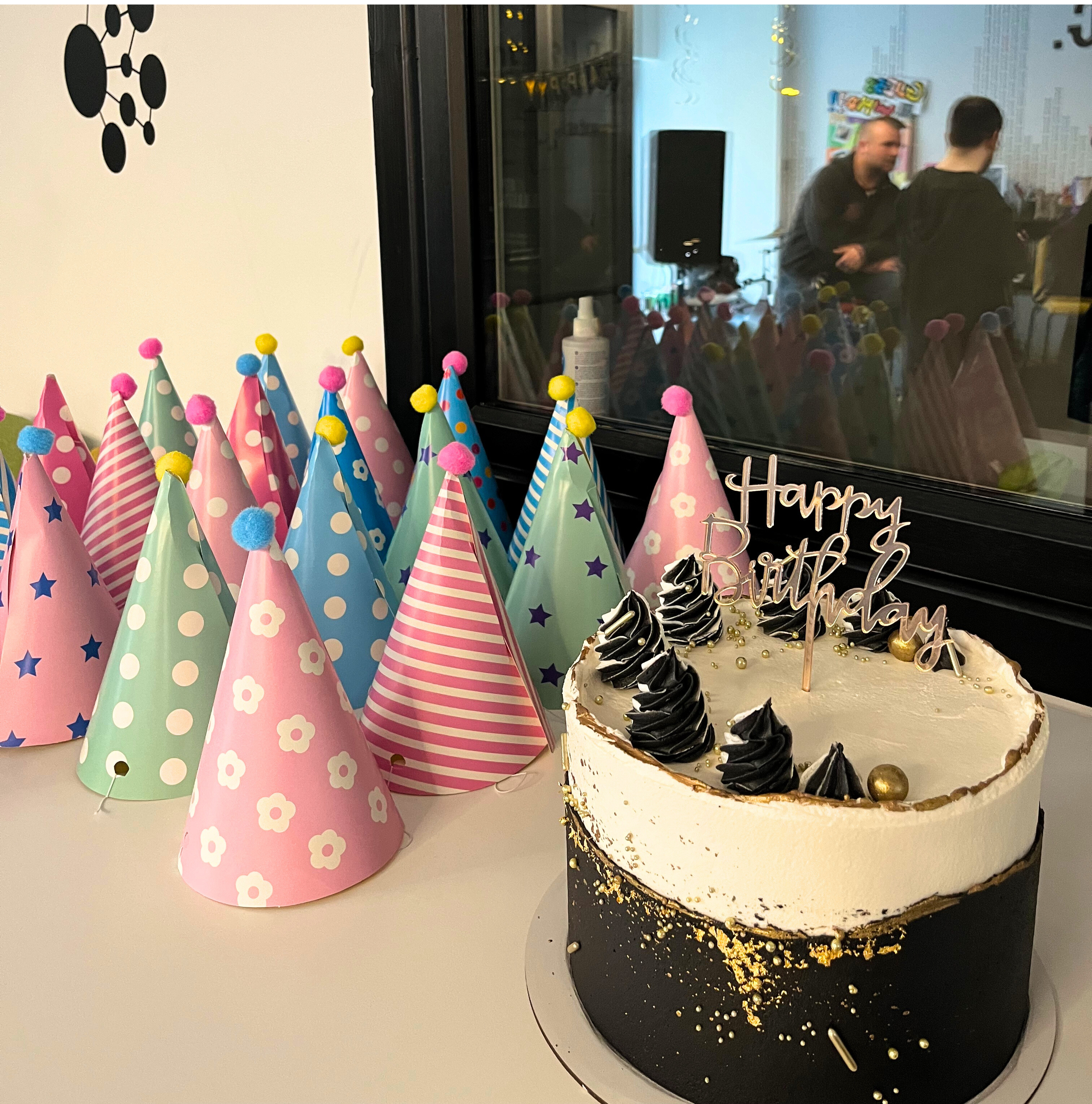Jamie Grant
AquaQ Analytics hosted its first kdb+ user group meeting on 3 June 2014 at Vinopolis in London. The event was enthusiastically attended by over 100 people from the Kx community, including faces new and old.

[custom_headline type=”left” level=”h2″ looks_like=”h4″]AquaQ Analytics Introduction[/custom_headline]
The night kicked off with welcoming drinks and a presentation on AquaQ’s service offering from CEO Ronan Pairceir. This included details of AquaQ’s kdb+ training courses, support services and consultancy services. For many it was their first introduction to AquaQ Analytics.
[slideshare id=36014511&doc=aquaqanalyticslimited-presentationjune2014-140618074441-phpapp02]
[custom_headline type=”left” level=”h2″ looks_like=”h4″]Kx Systems Update[/custom_headline]
This was followed by an update on all things Kx Systems from Michael O’Neill. Michael discussed the decision by Kx to release the 32-bit version of kdb+ and also mentioned that Kx is targeting the Pharmaceutical and Utilities sectors next for kdb+. He talked briefly about Canadian firm IESO’s recent licensing of kdb+ for the capture and analysis of smart metering data.
[custom_headline type=”left” level=”h2″ looks_like=”h4″]Datawatch[/custom_headline]
Peter Simpson from Datawatch provided an overview of the Datawatch Visualisation offering that can be used on top of a kdb+ database. As well as a preview of the product for those who weren’t familiar, Peter shared the news that Datawatch had become OEM clients of Kx Systems. Datawatch will use kdb+ as an in-memory caching layer for clients without a high performing time series database. Peter talked about the impact of the free 32bit edition of kdb+ on their ability to extend this caching layer across the product range – more details are in the slide deck below.
Peter emphasised the importance of the kdb+ community in the future development of their product – many current features like real time updating charts have come directly from customer suggestions, so all feedback is valuable.
During the Q&A session, Pavel Kocura mentioned that one of his final year students at Loughborough completed a nice project recently using Datawatch and kdb+.
[slideshare id=36007663&doc=datawatchkxpresentation-140618043218-phpapp01]
[custom_headline type=”left” level=”h2″ looks_like=”h4″]Data Direct Networks[/custom_headline]
Glenn Wright was next up and gave a presentation on Data Direct Networks’ storage appliances. DDN have a background in supercomputing, and as such have been working with ‘Big Data’ since before it became a buzzword, just like the Kx community. DDN have been working with Kx Systems and Intel to produce a storage appliance running Intel’s Lustre parallel filesystem. What this means for Kdb clients, is that they can attach multiple servers running kdb+ to the storage device with full read/write access and no loss of throughput. The system can scale both vertically by adding drives, and horizontally by adding new devices, all completely transparently from the users point of view. This parallelism, coupled with truly impressive performance figures (see the presentation below for some numbers), makes for a very compelling offering for Kdb+ customers who need high performance from their historical databases.
[slideshare id=36014499&doc=aquaq-june2014gw-140618074413-phpapp01]
[custom_headline type=”left” level=”h2″ looks_like=”h4″]AquaQ TorQ[/custom_headline]
The final presentation of the night was on the AquaQ TorQ framework for kdb+ by David Demner. TorQ is a framework which forms the basis of a production kdb+ system by implementing some core functionality and utilities on top of kdb+, allowing developers to concentrate on the application business logic. AquaQ Analytics have recently released this Framework for free to the Kx community. David brought us on a quick tour of the Framework and highlighted how it is focused on performance, process management, diagnostic information, maintainability and extensibility.
[slideshare id=36008506&doc=torqpresent-140618045713-phpapp01]
[gap size=”10px”]
Drawing the presentations to a close, the evening ended with a food and drinks reception, where there was a great buzz about TorQ, the 32-bit release of kdb+, and the dissemination of kdb+ into more sectors outside of the finance realm.
A video of all presentations will be available shortly – we’ll update this post as soon as it is ready, so please check back soon.
A big thank you to all who attended on the night and made it such a great success. We look forward to seeing you all again soon at our next Kx user group meeting. In the meantime, we’d love to hear your feedback in the comment section below!
Share this:
















